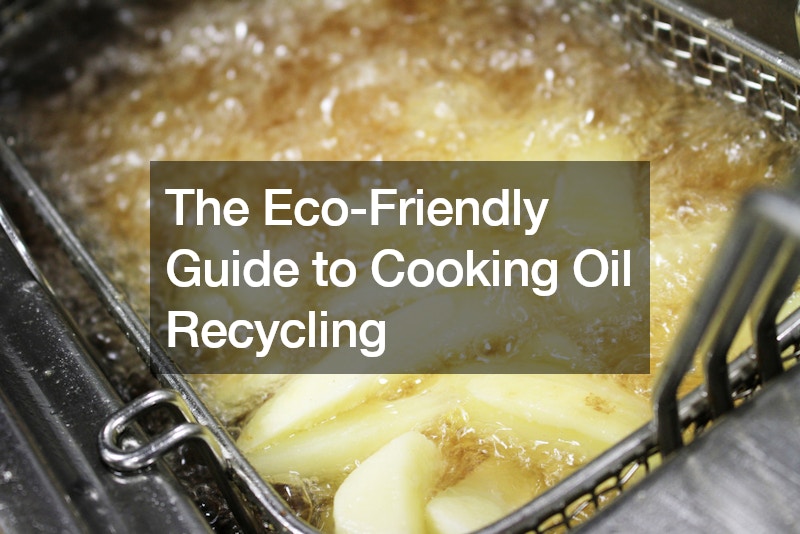
Cooking oil is a staple in many kitchens, but what happens to it once it’s been used? The disposal of cooking oil can pose environmental challenges if not handled properly. However, with the right approach, it’s possible to recycle and reuse cooking oil, reducing waste and benefiting both the environment and your wallet.
One of the most common methods of cooking oil recycling is through filtration and reuse. After frying, allow the oil to cool completely.
Then, strain it through a fine mesh strainer or cheesecloth to remove any food particles or debris. This filtered oil can be stored in a clean, airtight container and used again for cooking.
Another option for recycling cooking oil is to repurpose it for other uses. Used cooking oil can be converted into biodiesel, a renewable fuel source that can power vehicles and machinery. Many recycling centers and biodiesel production facilities accept used cooking oil for this purpose.
Additionally, some municipalities offer cooking oil recycling programs where residents can drop off their used oil for proper disposal or recycling. These programs help prevent cooking oil from clogging drains and polluting waterways.
It’s important to note that cooking oil should never be poured down the drain or disposed of in the trash. This can lead to clogged pipes, sewer backups, and environmental contamination. Instead, take the extra step to recycle your cooking oil responsibly.
By embracing cooking oil recycling practices, you can minimize waste, reduce pollution, and contribute to a more sustainable future. So, the next time you’re in the kitchen, remember to recycle your cooking oil and make a positive impact on the planet.
.



